It looks like you're using an Ad Blocker.
Please white-list or disable AboveTopSecret.com in your ad-blocking tool.
Thank you.
Some features of ATS will be disabled while you continue to use an ad-blocker.
share:
Surprisingly it isn't difficult to ascertain the design criteria of the Nazca lines, their form is readily understandable, their function requires a
little investigation of Nazcan and the Paracas culture that preceded them.
The basic design then of the Nazcan lines is this;
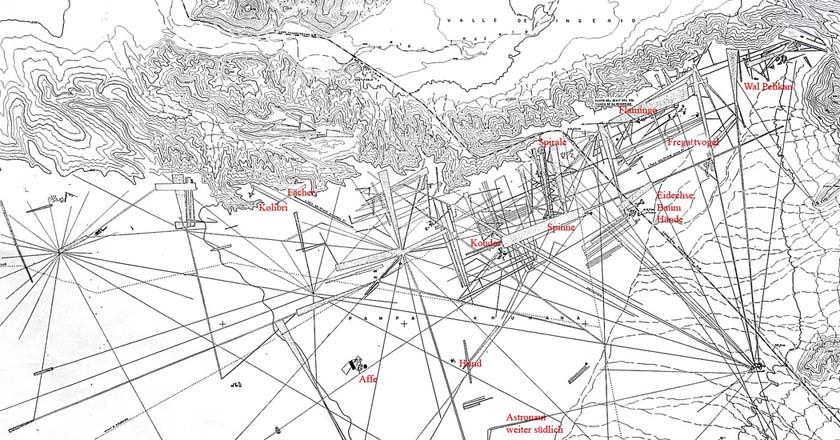
And the design criteria is this, they are based on the San Pedro cactus.

Here is a designer of the Nazcan lines, a Shaman, to his left you see a San Pedro cactus, note also the pointed 'stellar/cactus' motifs scattered around the black, probably cosmic, background.
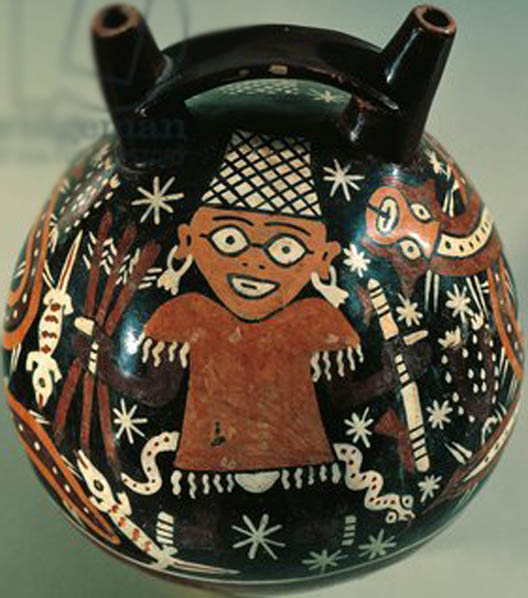
It seems likely an analogy was made between stars and the spines of the cactus as focal points within space, and as i have suggested also upon the landscape, which had the cosmological geomorphs created upon it by Paracas culture.
Heres another one of the Shaman, we can also note the grid design cross hatching of his headgear, a concern then with focal points and a grid system.
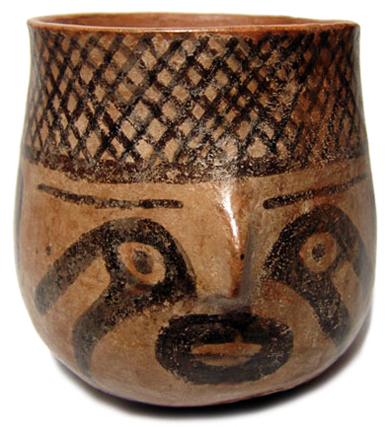
And here's a ceramic cactus.
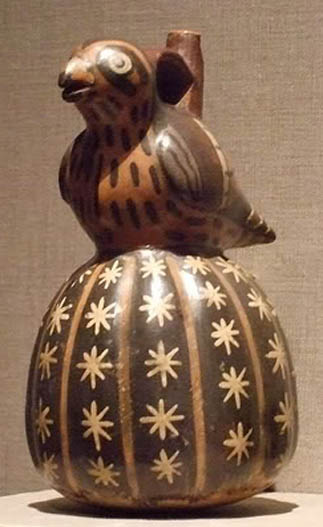
To understand the function of the Nazca we must consider the other most important aspect of their culture, which in conjunction with the hallucinogenic cactus was head hunting.
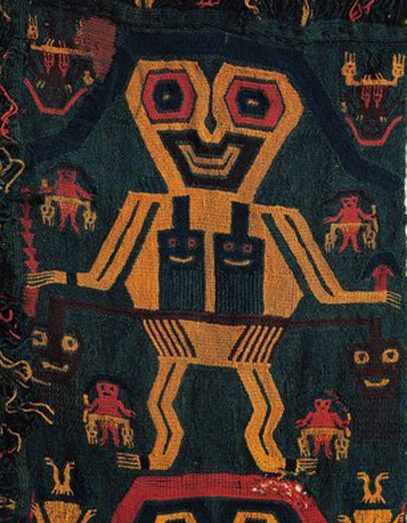
I'll be quoting from this paper on Naca Headhunting
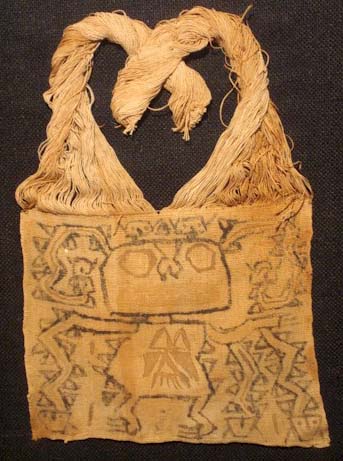
I really like the name 'The Oculate Being', eventually though he lost his job;
The Mythical Being seems to have maintained his tradition of weirdness though...

But anyway the author of the paper considers the reason for collecting severed heads in conjunction with the use of hallucigenics;
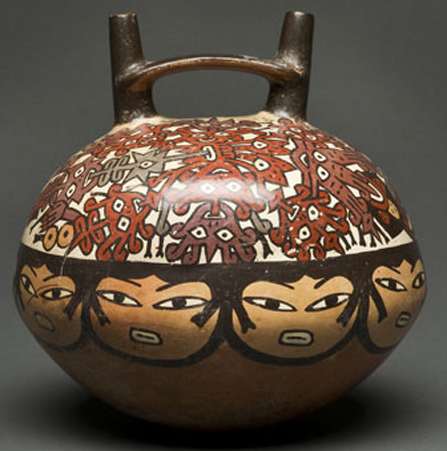
An important point is that the Nazca took the heads of other members of their society in ritual conflicts;
It's these ritual conflicts involving head hunting which i think marks the function of the Nazca lines, they provided the setting for the staging of these rituals.
The rituals taking place across the land also served to regenerate the land;
There seems to be a link between a Mother Goddess figure who could represent the land, and the focal points and grid lines upon it, related to the cactus;
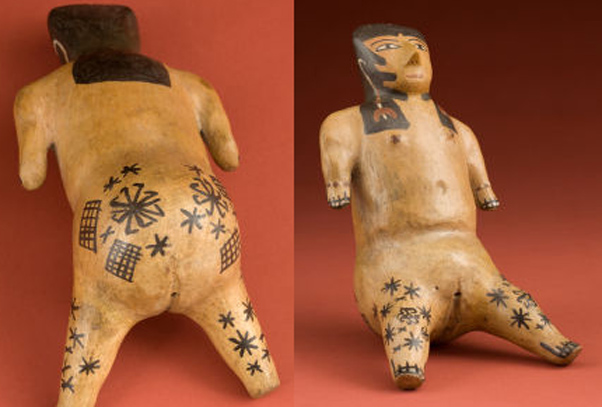
She also bears the sign of 'The Mythical Being', the Deity of Head Hunting.

Her association with grid networking also lent itself to her becoming a Deity of fishing;
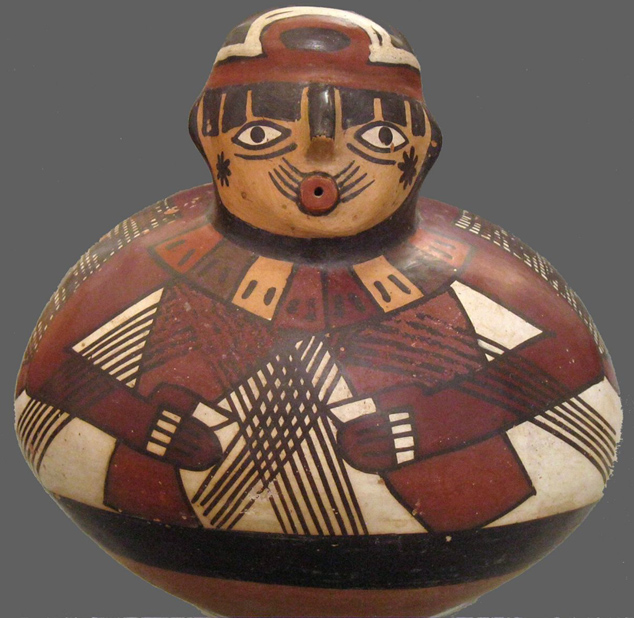
The 'Mythical Being' itself looks aquatic, like some form of squid, and its possible the headhunting activies within the land network could have had association with the catching of fish.
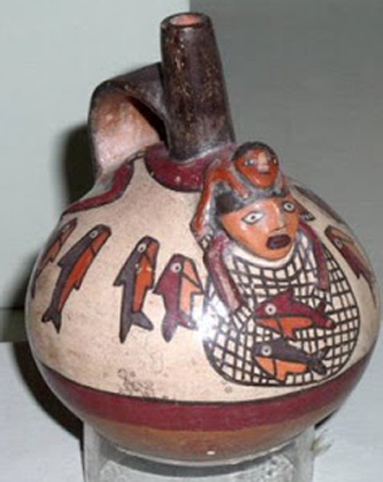
There is evidence for warriors wearing the ritual costume of sharks, so perhaps these were worn as they hunted down the victim.
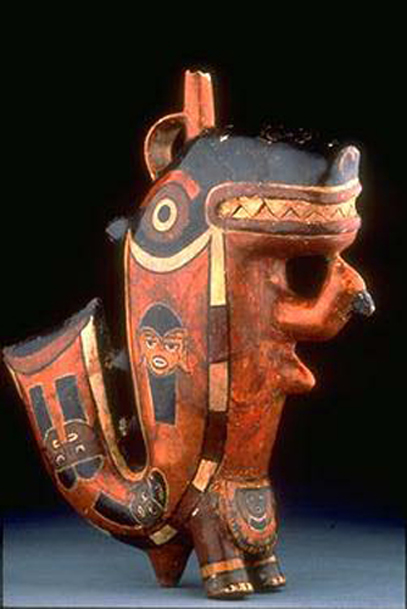
The rituals would certainly have taken place with the participants under the influence of hallucinogenics, which entailed that they were not only a test of physical prowess, but the ability to function within the spiritual realm at the same time, and that the terrestial and spiritual realm would be co-joined during the rituals, what was being played out upon the landscape reflecting celestial themes.
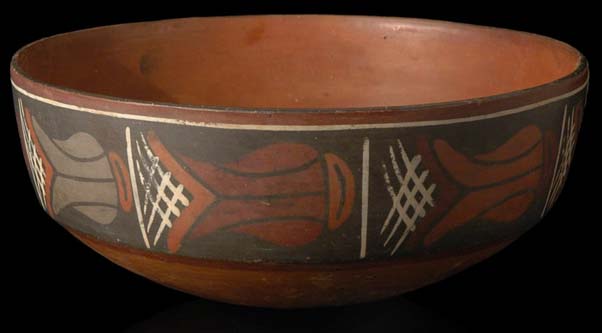
During the rituals it would probably transpire that the people gathered upon the broad avenues, making such activities as dance and music, adding to the disorientation of the participants and the difficulties involved in the ritual.
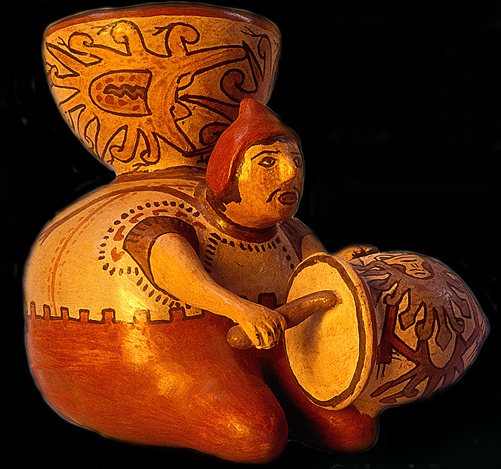
The rituals would have been looked forward to as exciting seasonal events explaining the extensive and intricate creation of the settings that they would have been staged upon, the most important social event.
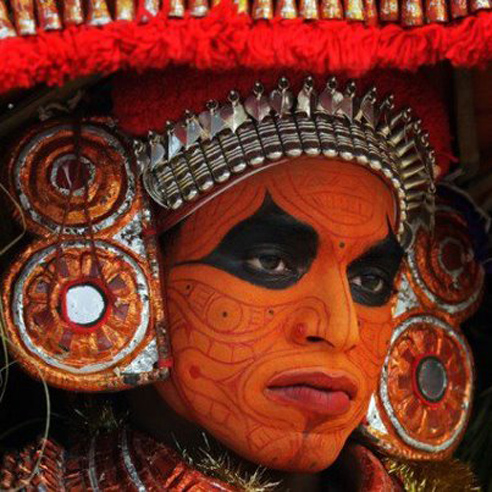
The basic design then of the Nazcan lines is this;

And the design criteria is this, they are based on the San Pedro cactus.

Here is a designer of the Nazcan lines, a Shaman, to his left you see a San Pedro cactus, note also the pointed 'stellar/cactus' motifs scattered around the black, probably cosmic, background.

It seems likely an analogy was made between stars and the spines of the cactus as focal points within space, and as i have suggested also upon the landscape, which had the cosmological geomorphs created upon it by Paracas culture.
Heres another one of the Shaman, we can also note the grid design cross hatching of his headgear, a concern then with focal points and a grid system.

And here's a ceramic cactus.

To understand the function of the Nazca we must consider the other most important aspect of their culture, which in conjunction with the hallucinogenic cactus was head hunting.

I'll be quoting from this paper on Naca Headhunting
One ofthe most common representationsin early Nasca art
wasthe Anthropomorphic Mythical Being, a human male dressed in elaborate ritual
paraphernalia, holding a severed human head in one hand and a club in the other.
Scholars have argued whetherthis creature represents a shaman or "masked
impersonator", or a supernaturalfigure

Trophy heads were first associated with a Paracas motif known asthe "Oculate Being", a wide-eyed creature holding a trophy head in one hand and a knife, which was used to remove the head
I really like the name 'The Oculate Being', eventually though he lost his job;
. The Oculate Being was replaced by the Anthropomorphic Mythical Being. Like the Oculate Being, this
creature also displayed severed heads in its hand, attached to the belt, and appended tothe cape.
The Mythical Being seems to have maintained his tradition of weirdness though...

But anyway the author of the paper considers the reason for collecting severed heads in conjunction with the use of hallucigenics;
The Jivaro believed that these souls protected them against sorcery, disease and death, but that they must be periodically replenished with new, more powerful souls as the power drained from the older ones
The ritual killing of another individual was seen as the primary means of gaining accessto a new arutam.Jivaro males formed raiding parties and attacked an isolated household in the early morning hours. Emboldened by the taking of hallucinogenic drugs, the Jivaro murdered as many people as possible, removing their heads in the process.

An important point is that the Nazca took the heads of other members of their society in ritual conflicts;
In addition, other trophy heads found within Nasca cemeteries were treated the same as full-bodied Nasca burialsin terms of grave goods and preparation, leading to the conclusion that ritual fighting took place within Nasca society
It's these ritual conflicts involving head hunting which i think marks the function of the Nazca lines, they provided the setting for the staging of these rituals.
The rituals taking place across the land also served to regenerate the land;
The strongest evidence linking head taking with agricultural fertility is a number of depictions of
trophy heads with plants growing out of their mouths. There seems to be a direct link between death/decapitation/blood regeneration/rebirth/agricultural fertility.
There seems to be a link between a Mother Goddess figure who could represent the land, and the focal points and grid lines upon it, related to the cactus;

She also bears the sign of 'The Mythical Being', the Deity of Head Hunting.

Her association with grid networking also lent itself to her becoming a Deity of fishing;

The 'Mythical Being' itself looks aquatic, like some form of squid, and its possible the headhunting activies within the land network could have had association with the catching of fish.

There is evidence for warriors wearing the ritual costume of sharks, so perhaps these were worn as they hunted down the victim.

The rituals would certainly have taken place with the participants under the influence of hallucinogenics, which entailed that they were not only a test of physical prowess, but the ability to function within the spiritual realm at the same time, and that the terrestial and spiritual realm would be co-joined during the rituals, what was being played out upon the landscape reflecting celestial themes.

During the rituals it would probably transpire that the people gathered upon the broad avenues, making such activities as dance and music, adding to the disorientation of the participants and the difficulties involved in the ritual.

The rituals would have been looked forward to as exciting seasonal events explaining the extensive and intricate creation of the settings that they would have been staged upon, the most important social event.

reply to post by Kantzveldt
Your theory is pretty much a stretch of the imagination.
While you have attempted to go into detail, your original hypothesis is just flawed.
But, I will give you a star for effort.
Your theory is pretty much a stretch of the imagination.
While you have attempted to go into detail, your original hypothesis is just flawed.
But, I will give you a star for effort.
Originally posted by phantomjack
While you have attempted to go into detail, your original hypothesis is just flawed.
... and the flaw is to be discovered where? Easy to just say, but backing it up is a requirement.
Hmmm... You might have discovered why the lines were arranged that way, but how did they do it? How about the exotic animals? Those mysteries remain
unsolved.
I, too, give you points for your work, but I can't quite buy into the cactus analogy. I have been told that the lines might well form a series of directions (water, mountain passes) when viewed on the proper plane. And I will add that the crosshatching motif on the ceramics is a common form of decoration, even up here in the Great Pink North. But please keep applying your imagination to the artifacts and features at hand. That's how "Eureka!" moments are nurtured. S&F!
Originally posted by Kantzveldt
Surprisingly it isn't difficult to ascertain the design criteria of the Nazca lines, their form is readily understandable, their function requires a little investigation of Nazcan and the Paracas culture that preceded them.
Quite a bold statement.
I would like to disagree with this hypothesis. I do not see the slightest resemblance to a cactus, and I have studied the Nazca lines quite in detail.
Recently there was a thread showing resemblance to technical schematics, and I have to say I found that much more convincing.
Furthermore, I think there are two sorts of Nazca lines. The strictly geometrical ones, which are sometimes many miles long, and then you got the "artful" ones, portraying birds, spider, etc. They were not made by the same people in my opinion. The artful ones were added much later.
I would like to disagree with this hypothesis. I do not see the slightest resemblance to a cactus, and I have studied the Nazca lines quite in detail.
Recently there was a thread showing resemblance to technical schematics, and I have to say I found that much more convincing.
Furthermore, I think there are two sorts of Nazca lines. The strictly geometrical ones, which are sometimes many miles long, and then you got the "artful" ones, portraying birds, spider, etc. They were not made by the same people in my opinion. The artful ones were added much later.
reply to post by diqiushiwojia
The geomorphic creatures are thought to have been created first, by the Paracas culture, these probably represented constellations, a translation of the Celestial spiritual rulers onto the terrestial plane.
They weren't hard to create in physical terms like the Nazca lines, its a matter of removing several inches of dust/sand/rocks to reveal the surface beneath, but of course they required careful planning and layout.
reply to post by H1ght3chHippie
They didn't create the representation of a cactus, but rather the focal points with lines generated in all directions, based upon the cactus, and related to focal points in the Heavens and the Earth...the cactus being the intermediary between.
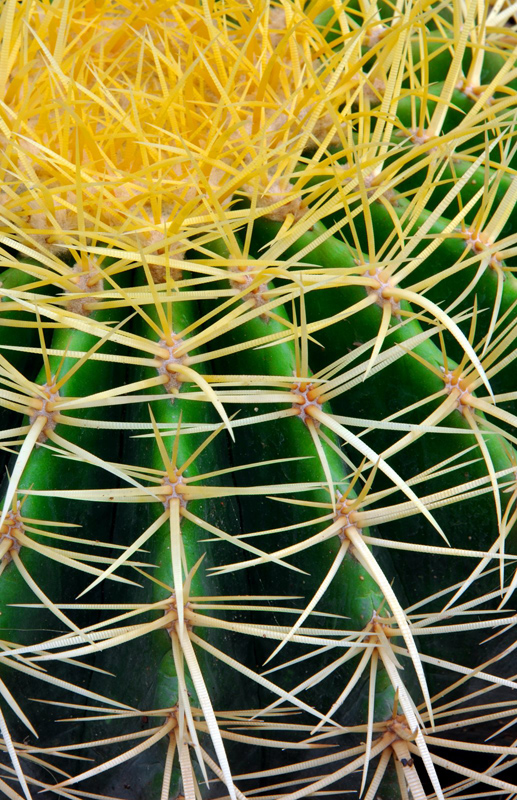
reply to post by JohnnyCanuck
My theory takes into account the suggestion of important focal points upon the landscape, such as springs, sacred mountains etc, but it can be seen in their artwork the focal point motif that is derived from the cactus.
Cross hatching is common, but also in this case there is a clear concern with nets and grids, they didn't put cross hatching motifs on the famale figurines buttocks without good reason...
The geomorphic creatures are thought to have been created first, by the Paracas culture, these probably represented constellations, a translation of the Celestial spiritual rulers onto the terrestial plane.
They weren't hard to create in physical terms like the Nazca lines, its a matter of removing several inches of dust/sand/rocks to reveal the surface beneath, but of course they required careful planning and layout.
reply to post by H1ght3chHippie
They didn't create the representation of a cactus, but rather the focal points with lines generated in all directions, based upon the cactus, and related to focal points in the Heavens and the Earth...the cactus being the intermediary between.

reply to post by JohnnyCanuck
My theory takes into account the suggestion of important focal points upon the landscape, such as springs, sacred mountains etc, but it can be seen in their artwork the focal point motif that is derived from the cactus.
Cross hatching is common, but also in this case there is a clear concern with nets and grids, they didn't put cross hatching motifs on the famale figurines buttocks without good reason...
edit on 16-3-2013 by Kantzveldt because: (no reason given)
reply to post by Kantzveldt
We're still left with the fact that the designs of the Nazca lines can only be seen from high up in the sky. Which would suggest that whoever created the designs and lines were trying to communicate with someone in the sky or had access to the sky in those times.
We're still left with the fact that the designs of the Nazca lines can only be seen from high up in the sky. Which would suggest that whoever created the designs and lines were trying to communicate with someone in the sky or had access to the sky in those times.
reply to post by Kantzveldt
I still do not see the similarity. Both, number, and proportions of the lines do not match the cactus spikes. Especially the huge ones in the middle ( top picture in OP ) stretch through the whole site. Also, how do all the airstrip like shapes, present on the plateau fit into the cactus theory ? They do not in my opinion.
EDIT: Okay I get that the lines don't actually represent a cactus, but only the focal points. Still, why draw them completely different and out of proportion ?
I still do not see the similarity. Both, number, and proportions of the lines do not match the cactus spikes. Especially the huge ones in the middle ( top picture in OP ) stretch through the whole site. Also, how do all the airstrip like shapes, present on the plateau fit into the cactus theory ? They do not in my opinion.
EDIT: Okay I get that the lines don't actually represent a cactus, but only the focal points. Still, why draw them completely different and out of proportion ?
edit on 16-3-2013 by H1ght3chHippie because: (no reason given)
Sorry Kantz, but telling your theory to any peruvian will only provoke the same answer.....you know what I mean.
reply to post by H1ght3chHippie
The broad strips i've suggested served the function of allowing the community to gather, maybe process, and witness the rituals taking place upon the landscape, these could relate to the main body of the cactus possibly...in correlation to the main body of the populace.
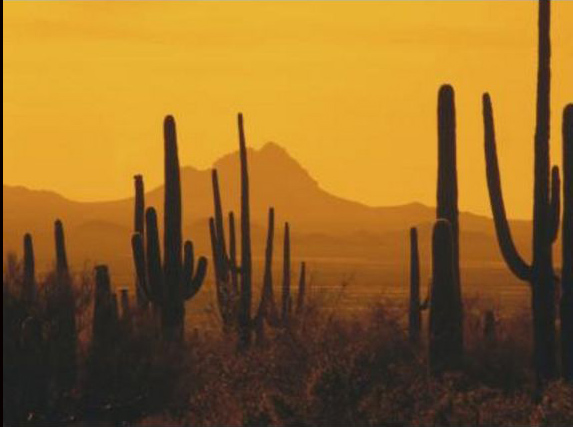
reply to post by Trueman
Paracas and Nazcan culture were very different from the majority of ancient Peruvian cultures, the major reason for that probably being their cactus cult and associated head hunting...other Peruvians probably just thought them crazy
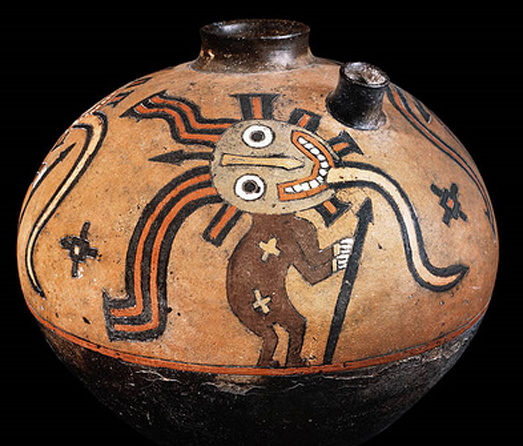
The broad strips i've suggested served the function of allowing the community to gather, maybe process, and witness the rituals taking place upon the landscape, these could relate to the main body of the cactus possibly...in correlation to the main body of the populace.

reply to post by Trueman
Paracas and Nazcan culture were very different from the majority of ancient Peruvian cultures, the major reason for that probably being their cactus cult and associated head hunting...other Peruvians probably just thought them crazy

edit on 16-3-2013 by Kantzveldt because: (no reason given)
Since we have no idea what existed at these focal points the theory is sound but i am still baffled by the all too perfect and massive mesas and the
seemingly endless amount of holes dug in the region.
edit on 3/16/2013 by howmuch4another because: (no reason given)
Originally posted by Kantzveldt
reply to post by phantomjack
And the flaw is...?
If I took a handful of mcdonald's french fries, and dropped them on the floor, I too could claim that they form the Nazca lines.
The flaw is that you are stretching your imagination with no basis in fact.
The design in your photograph of "a shaman" which you depict as cacti in the "dark cosmic background" are not cacti, they are STARS! Why would they be anything other than stars in the "dark cosmic background"?
Also, the picture of a "San Pedro Cactus" -- where did you get that? Because I can't seem to find a photo of the cactus anywhere else that resembles the one you display. The cactus you are displaying may not even be a san pedro cactus as THIS is a san pedro cactus:

Then there is the "grid" on the picture of the Shaman. Dont you think that if the Nazca Lines were created to resemble the grid that they would actually look like the grid itself? The Nazca lines have little, if any, resemblance to the checkered grid on the Shaman or ANY of the other pictures you display.
Then there begs the question, which actually came first? The Shaman pottery or the Nazca lines? Are you saying the Nazca Lines came first and the pottery was representing the lines, or did the pottery come first and the Nazca lines were created to resemble the artwork depicted?
Then, what does Head hunting have anything to do with the Nazca Lines? Nothing.
What does the hallucinatory effects of the cactus have to do with the Nazca Lines? Again, NOTHING.
So all you did was create a thread, on a hypothesis, and then go on to explain nothing about how the lines came to be.
Solved? NO.
Given that there were not apparently any Frost fences around, it wouldn't be what we called a 'waffle'...but I digress.
Originally posted by Kantzveldt
Cross hatching is common, but also in this case there is a clear concern with nets and grids, they didn't put cross hatching motifs on the female figurines buttocks without good reason...
reply to post by phantomjack
You aren't looking properly nor paying attention to what i wrote, on the Shaman ceramic there is a cactus in flower to his lower left, and upper right, and i suggested that the focal points there are representing stars but that these were associated with the cactus, you see focal points represented in the same manner on the ceramic cactus itself and elsewhere.
The photograph i provided of a cactus is the San Pedro, these can vary in the size and extent of their spines.
There is evidence for concern with grids upon the landscape at Nazca;
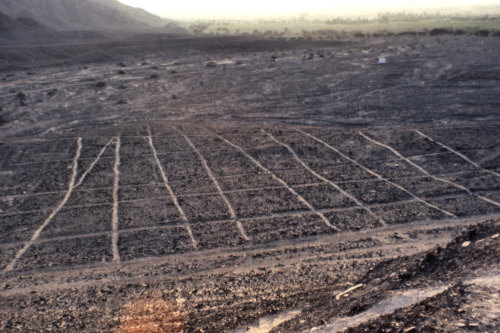
The ceramic designs were created in tandem with the Nazcan lines, they are a manifestation of their cultural interests and activities.
Head hunting has everything to do with the culture that created the Nazca lines, unless you learn about that culture you cannot possibly appreciate their reasons for creating them, and this was tied in with spiritual beliefs and practises based upon the cactus.
In short you have observed no flaws in what i presented, but simply don't like the suggested solution, which is fine, and you can stick with the speculations of the mystagogues who don't have the slightest appreciation or interest in Nazcan culture.
You aren't looking properly nor paying attention to what i wrote, on the Shaman ceramic there is a cactus in flower to his lower left, and upper right, and i suggested that the focal points there are representing stars but that these were associated with the cactus, you see focal points represented in the same manner on the ceramic cactus itself and elsewhere.
The photograph i provided of a cactus is the San Pedro, these can vary in the size and extent of their spines.
There is evidence for concern with grids upon the landscape at Nazca;

The ceramic designs were created in tandem with the Nazcan lines, they are a manifestation of their cultural interests and activities.
Head hunting has everything to do with the culture that created the Nazca lines, unless you learn about that culture you cannot possibly appreciate their reasons for creating them, and this was tied in with spiritual beliefs and practises based upon the cactus.
In short you have observed no flaws in what i presented, but simply don't like the suggested solution, which is fine, and you can stick with the speculations of the mystagogues who don't have the slightest appreciation or interest in Nazcan culture.
reply to post by Kantzveldt
Man, I'm half peruvian . I think that gives some credit about this topic. I've been in Nazca many times too. The reason to have shamans and the cactus together in an art representation is because the cactus, called San Pedro ("Huachuma" is the original name), was used by them to prepare a beverage, to reach another state of mind.
I do not discard te posibility that shamans visualized images related to the Nazca Lines during their "trips", and that is the link between the plant and the lines.
Today peruvian people still use san pedro and ayahuasca, for their medicine properties. I don't know if it's legal here in USA
If care to translate :
www.sapaninka.com...
Man, I'm half peruvian . I think that gives some credit about this topic. I've been in Nazca many times too. The reason to have shamans and the cactus together in an art representation is because the cactus, called San Pedro ("Huachuma" is the original name), was used by them to prepare a beverage, to reach another state of mind.
This sacred plant has been used for thousands of years by the ancient cultures of our nation. The clearest traces of the use of San Pedro in antiquity, are in the Chavin culture, which developed in northern Peru 3,500 years ago, although we assume that its use should be traced back to many centuries before the formation of Chavin. Its use has continued throughout history to this day, having been used by the Mochica, Chimu, Nazca, Tiwanaku, Wari, etc.
I do not discard te posibility that shamans visualized images related to the Nazca Lines during their "trips", and that is the link between the plant and the lines.
Today peruvian people still use san pedro and ayahuasca, for their medicine properties. I don't know if it's legal here in USA
There are several ways to prepare this medicine, the plant can be eaten fresh and raw, dried and pulverized by adding water or refined cooking of several hours can also be prepared in a mixture with other herbs. It is recommended that the dose be administered by a physician knowledgeable healer the preparation of medicine.
If care to translate :
www.sapaninka.com...
edit on 16-3-2013 by Trueman because: (no reason given)[/editby
edit on 16-3-2013 by Trueman because: (no reason
given)
edit on 16-3-2013 by Trueman because: (no reason given)
edit on 16-3-2013 by Trueman because: (no reason
given)
edit on 16-3-2013 by Trueman because: (no reason given)
edit on 16-3-2013 by Trueman because: (no reason
given)
extra DIV Forgive me, Kantzveldt...
but in laymans terms....
The nazca Lines are a giant sort of spiritual paintball field, where the peoples enacted ritual warfare, while stoned to the tits on halucinogenic drugs of some nature...(presumably derived fromthe cactus)??
And furthermore they lopped off the heads of their conquests, and kept them for protection against evil.....??
Oversimplified i am sure....but are we close?
Questions
Is this a team sport?
Do they actually fight to the death within or on the grid??
(the lines may be too fragile for warfare to be conducted over time...)
Or perhaps there were nodes where they fought?
Great theory......but will require some convincing evidence of some kind yet....
By the way that squidlike thing?
Are there supposed to be extra faces on it?
but in laymans terms....
The nazca Lines are a giant sort of spiritual paintball field, where the peoples enacted ritual warfare, while stoned to the tits on halucinogenic drugs of some nature...(presumably derived fromthe cactus)??
And furthermore they lopped off the heads of their conquests, and kept them for protection against evil.....??
Oversimplified i am sure....but are we close?
Questions
Is this a team sport?
Do they actually fight to the death within or on the grid??
(the lines may be too fragile for warfare to be conducted over time...)
Or perhaps there were nodes where they fought?
Great theory......but will require some convincing evidence of some kind yet....
By the way that squidlike thing?
Are there supposed to be extra faces on it?
edit on 16-3-2013 by stirling because: (no reason given)
reply to post by stirling
Those are trophy heads attatched to the squid like being, but yes your summary of what i've suggested is pretty much it.
As to what actually occured, my intuition is that this was a ritual were the tribal ruler had to prove himself worthy to rule on a seasonal basis and that he was the potential victim of the ritual, and thus had to avoid losing his head, through physical prowess and the ability to function under hallucinogenic influence, mastery of both theEarthly and spiritual realms, and that this would entail all sorts of ritual distractions and avoidences...ie everyone in the society joining in the fun.
This has parallels in other cultures, but there's no direct evidence for things going off in this manner.
reply to post by Trueman
I give you lots of credit in these areas and thus respect any thoughts you might have...thanks for the link.
Those are trophy heads attatched to the squid like being, but yes your summary of what i've suggested is pretty much it.
As to what actually occured, my intuition is that this was a ritual were the tribal ruler had to prove himself worthy to rule on a seasonal basis and that he was the potential victim of the ritual, and thus had to avoid losing his head, through physical prowess and the ability to function under hallucinogenic influence, mastery of both theEarthly and spiritual realms, and that this would entail all sorts of ritual distractions and avoidences...ie everyone in the society joining in the fun.
This has parallels in other cultures, but there's no direct evidence for things going off in this manner.
reply to post by Trueman
I give you lots of credit in these areas and thus respect any thoughts you might have...thanks for the link.
edit on 16-3-2013 by Kantzveldt
because: (no reason given)
edit on 16-3-2013 by Kantzveldt because: (no reason given)
OP I'm not so sure about the cactus theory, I don't know why, but as I saw your first pic from the op something struck me in the head.
Those lines on the left strikingly resembles star chart on the golden record carried by Voyager spacecrafts.
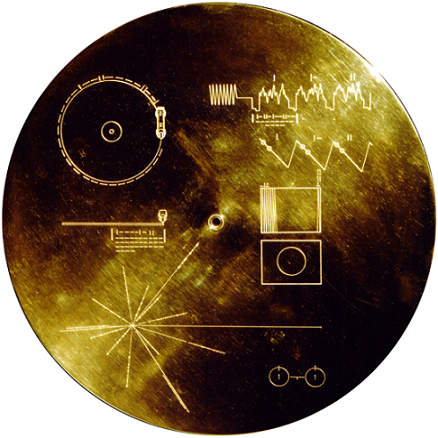
With that said, authors of the star chart on the golden record figured out the secret of the Nazca lines so they made a message for advanced civilization who have visited Earth, and who have left us their location in form of Nazca lines, telling them that we're ok and doing well.
And I'm serious about this.
Those lines on the left strikingly resembles star chart on the golden record carried by Voyager spacecrafts.

With that said, authors of the star chart on the golden record figured out the secret of the Nazca lines so they made a message for advanced civilization who have visited Earth, and who have left us their location in form of Nazca lines, telling them that we're ok and doing well.
And I'm serious about this.
new topics
-
DOJ Special Counsel Robert HUR Says JOE BIDEN Can Be ARRESTED After Jan 20th 2025.
Above Politics: 4 hours ago -
More Proof of Lawfare
US Political Madness: 11 hours ago
top topics
-
More Proof of Lawfare
US Political Madness: 11 hours ago, 20 flags -
I thought Trump was the existential threat?
World War Three: 13 hours ago, 19 flags -
Joe Biden Dabs Away Tears at Farewell White House Dinner
Politicians & People: 14 hours ago, 9 flags -
Interesting Video-UFO?
Aliens and UFOs: 14 hours ago, 6 flags -
DOJ Special Counsel Robert HUR Says JOE BIDEN Can Be ARRESTED After Jan 20th 2025.
Above Politics: 4 hours ago, 6 flags
active topics
-
Well, here we go red lines crossed Biden gives the go ahead to use long range missiles
World War Three • 365 • : annonentity -
Anyone like the Scorpions?
Music • 14 • : GotterDameron23 -
DOJ Special Counsel Robert HUR Says JOE BIDEN Can Be ARRESTED After Jan 20th 2025.
Above Politics • 7 • : watchitburn -
The JAN 6th 2021 U.S. Capitol Unrest Charges Against Former President TRUMP Were Dropped Today.
US Political Madness • 15 • : WeMustCare -
President-Elect DONALD TRUMP's 2nd-Term Administration Takes Shape.
Political Ideology • 251 • : WeMustCare -
I thought Trump was the existential threat?
World War Three • 51 • : WeMustCare -
More Proof of Lawfare
US Political Madness • 30 • : WeMustCare -
Joe Biden Dabs Away Tears at Farewell White House Dinner
Politicians & People • 24 • : RickyD -
Encouraging News Media to be MAGA-PAF Should Be a Top Priority for Trump Admin 2025-2029.
Education and Media • 80 • : WeMustCare -
The Acronym Game .. Pt.4
General Chit Chat • 986 • : KnowItAllKnowNothin
